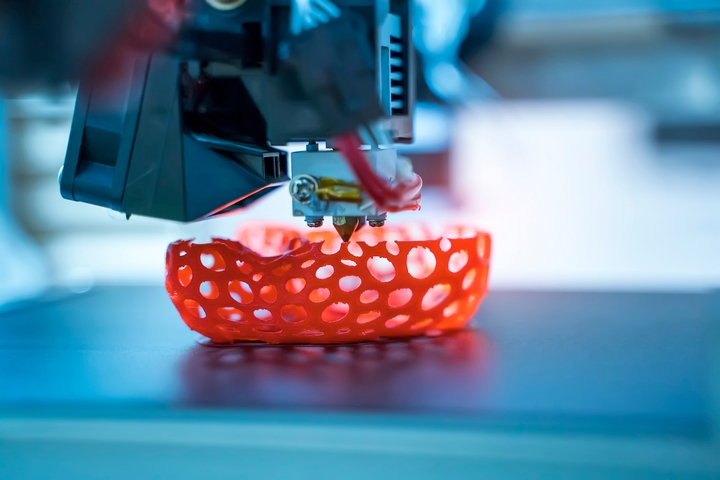What Is a Human Centered Philosophy in Business?

We design in business for many reasons to express creativity or innovation, for profit, or for recognition. Human-centred philosophy acknowledges that for a design to be successful, it must prioritize the end-user. Also known as the customer, this is often the person who will use a product or service that you create.
If your design does not resonate with this person, it’s a clear failure. Human centered design philosophy is all about serving the end-user in this regard. It’s an effective strategy that many companies use in their business operations.
Here the seven things to know on what is a human centered philosophy is all about:
1. Setting Aside Profit

If a design is successful with the human beings it intends to serve, there will be profit. There’s no denying that. However, we may not see the same return we expect when we create strictly for profit and revenues.
We also have to subsequently set aside our own plans, ego, and sometimes-proclivity to do what we want as designers. The end-user is the only voice who matters. You cannot forget about the human being involved. They are the key.
2. Understanding the Community

The human centered philosophy is about understanding the community. Human-centered philosophy relies on the ability to empathize with the community a design’s serving. If you don’t know your end-user, you can’t assume to see things from their perspective.
This is why a lot of teams do extensive research and talk to the people who are contending with a certain problem. As a designer, you look at a target human being’s environment, their background, and other important details to craft an accurate profile of who the ‘human’ is in your human-centered philosophy.
3. Starts With A Problem

A lot of human-centered philosophy is based around solving a problem for the end-user. For example, listening to an iPod with wired headphones while doing active work was inconvenient, so True Wireless Bluetooth earbuds were the solution. You start with identifying an issue, capturing it from the lens of the target audience.
4. Ideating With No Limits

When you engage with human-centered design or design thinking, the whole concept is based on ideating. To this point, when you and your team ideate, there should be no limits. Write everything down.
Every idea should be accepted into the conversation, to be tested at a later date. This is the best way to brainstorm and record everything from all possible perspectives in the room.
5. Test And Prototype

After you have your ideas recorded, it’s time to launch the testing phase. Take every idea and put it to the test. See it from the perspective of the person who is experiencing the problem. Whether it meets their needs or not should be clear.
If a solution in and of itself creates more problems, entertain if it’s feasible to solve these other issues. Take an idea as far as you can and put a pin in it. Then, test the next one. See which ideas measure up and which ones fall short, according to the human user.
6. Never Force An Idea Through

People take ownership in their idea and they will argue on their behalf. At the end of the day, however, it’s just an idea. And, most ideas in human-centered philosophy won’t make for the right solution. Whether it’s you or someone else, an idea should never be forced through as ‘the answer’. In design thinking, it’s the end-user who has that say.
If you disregard this and a lesser idea gets pushed through, it could be met with limited success or outright failure. It’s not about idea ownership. It’s about developing the best idea as a team for a real human being. The ‘individual team member does not matter nearly as much as the collective working together.
7. You’re Learning, Not Dictating

Throughout this whole process, you’re learning. You’re taking in ideas. You’re listening to different perspectives. You are throwing out all of your assumptions about what, why, and why. To truly achieve success, you’ve got to be highly attentive to the information coming through.
Human users should also be thoroughly consulted at the prototype phase, putting a design solution to see if it resonates. Listen, listen, and listen.


